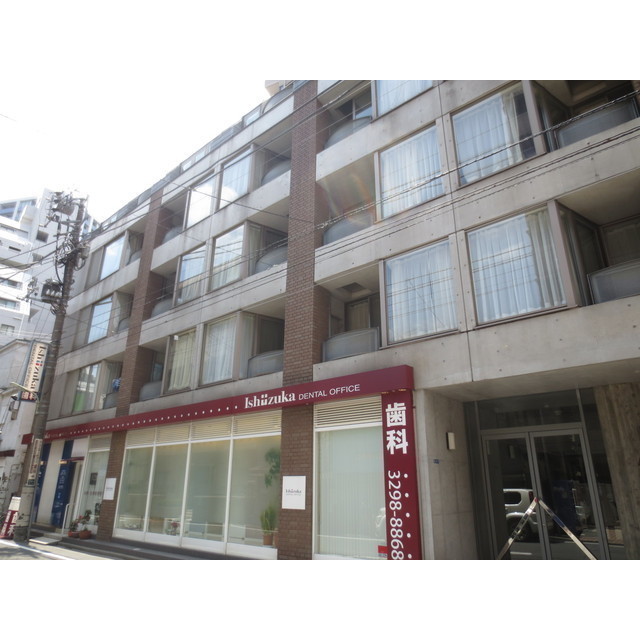

The Vivalto building by Najas Arquitectos is thus testimony to the positive effect of combining architectural design history, sustainability and urban environment.ĭESIGN: Arq. The apartment building entrance connects with the district, so it integrates into and interacts with the urban environment. The apartments are arranged around this green heart, with concrete vertical facades and wood accents for the horizontal balcony facades.Ī 320-square metre rooftop garden is located on the top floor, which also has community socialising and leisure facilities, with views over the city and onto the inner courtyard. Which of course makes the most of natural ventilation, and prevents a greenhouse effect. This patio is protected by a glazed roof and is open on the two sides of each connecting corridor. So the Vivalto building is a single, six-storey building structured around an inner courtyard of 215 square metres. The architects based their concept on the traditional Moorish architecture of homes built around courtyards, where the central green space and the connecting corridors were the core elements of the overall composition, elements that historically demonstrated advantages both for the home’s indoor microclimate and for human relations, encouraged in turn by the common spaces.

The Vivalto apartment building is located in the residential zone in the north of Quito and was designed by local firm, Najas Arquitectos, Its design moves pleasantly away from stereotypes to propose a new spatial relationship with the city and also amongst the occupants. And in doing so, the architects have demonstrated how homes with a patio are of benefit to the environment and to community socialising. Largely, the spatial context of the original space stands duly considered to form a new and improved design, which supports future expansions.In designing this apartment building in Quito, Ecuadorian architecture firm, Najas Arquitectos was seeking to connect with nature and at the same time draw on history. We are located in the upper area of Barcelona, in Bonanova. In essence, the renovated house is well lit, airy, and bright, with an organised spatial composition, thus putting the perspective back on the innovative design and construction phases. Conversely, the need to rely on a core design element, such as the wardrobe, creates a distinct character to divide space, with multi-functional reuse. Again, the need to introduce light is by means of punctuated openings, along with the existing windowpanes. Based on the newly proposed plan, an existing bedroom stands knocked out to make room for a wardrobe and the worker zone expands into a kitchen corner offering some innovative design ideas.Ĭonversely, there is a clear flow of sp ace in the proposed plan, with a linear pathway, dividing the wardrobe from the bedroom entrance door. Again, owing to scarcity of space, the knockdown of internal walls generated an open layout for a comfortable configuration of functional zones. Moreover, the existing building belongs to a historic era of the late Renaissance homes, and hence the alterations to the structure required a clear and defined plan.īeing a renovation project, proper measures, to identify the strength of the structural formwork and the load bearing capacity of the walls, stand assessed to determine the future of spatial expansions.

As the scale of the project is considerably small, creative innovation in terms of materials, space and details occupied an upper hand at the conceptual stage. Located in Brazil, the Apartment at Paulicéia Building, by JPG.ARQ is about transforming an existing house into an interwoven space based on the concept of fluid architecture.


 0 kommentar(er)
0 kommentar(er)
